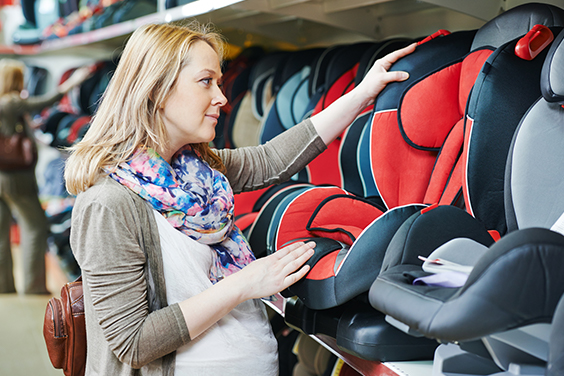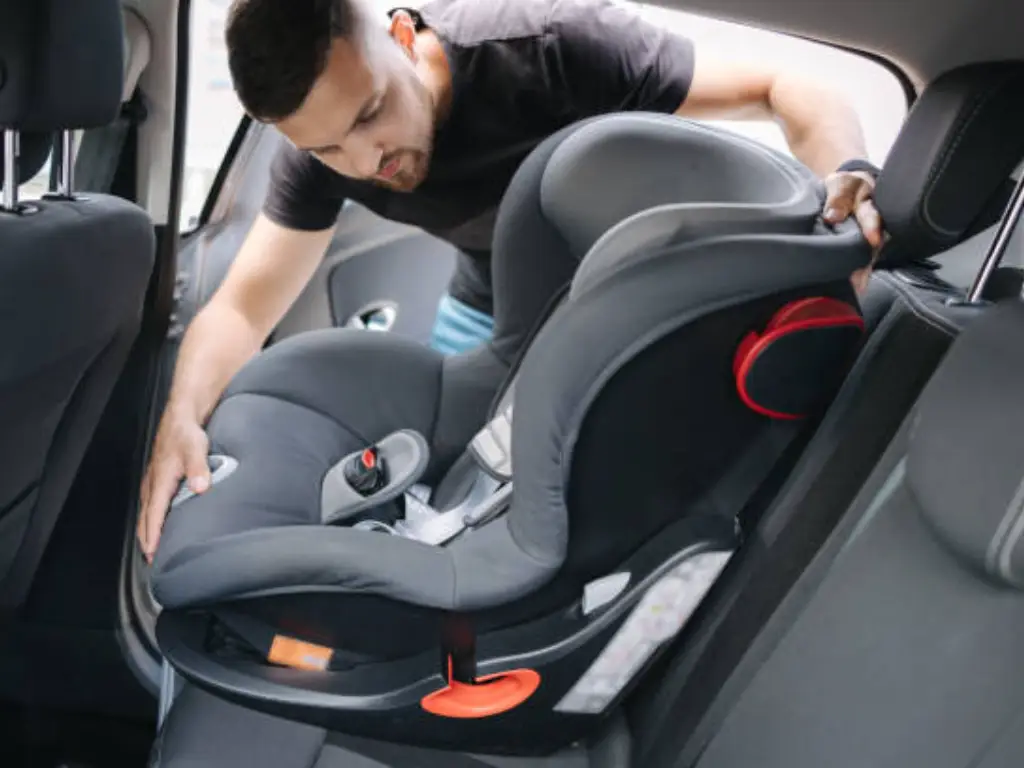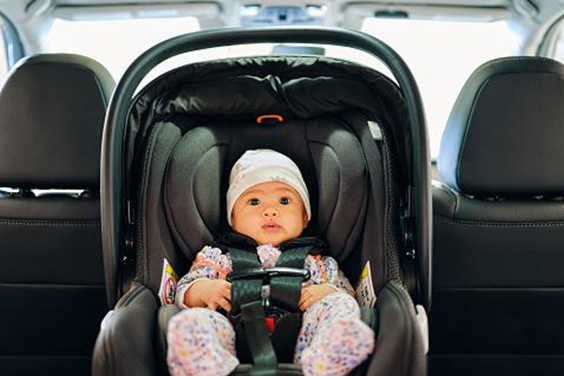Introduction to High Back Booster Seats
Keeping our children safe when traveling is one of our main concerns as we traverse the road of becoming parents. Although switching from a car seat to a high-back booster seat is an important developmental node for kids, it may also leave parents feeling confused and anxious. The convertible car seat, sometimes referred to as a high-back booster seat, serves as a temporary protector for your child while the seat belt in the car adjusts to the proper position and securely fastens your baby in a forward-facing position. It is more than just a stylish seating arrangement, it’s a temporary guardian.
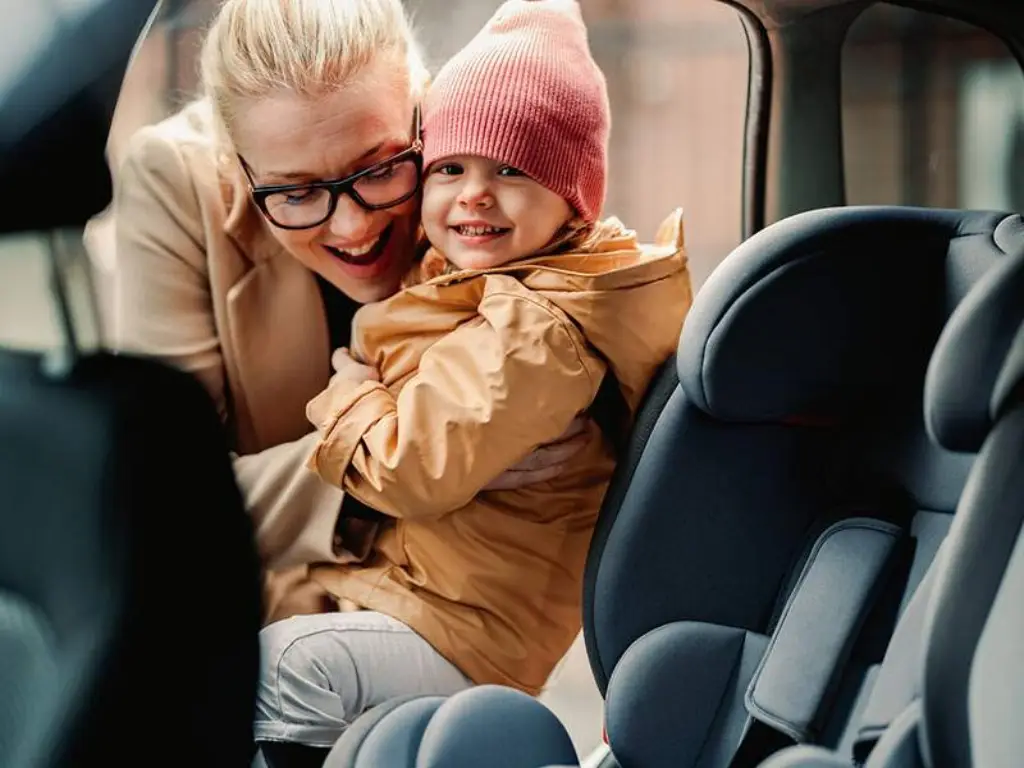
The Importance of Proper Child Safety Seats
In the tapestry of life’s journey, each thread is precious. The thread of a child’s safety, woven with the utmost care and attention, becomes the fabric of our peace of mind. Harness car seats have cradled our little ones from infancy, and as they grow, the booster seat becomes the next stitch in this fabric. It’s not just about meeting legal requirements or following a manual; it’s about a collective commitment we take – a promise to protect the budding dreams and the boundless potential of young children who travel in the back seat. As thousands of young children are killed or injured in car crashes each year, it is crucial to properly use car safety seats, as recommended by reputable organizations such as the Insurance Institute for Highway Safety (IIHS), to keep them safe.
The National Highway Traffic Safety Administration (NHTSA) and the American Academy of Pediatrics (AAP) don’t just set standards; they establish a stronghold of regulations, all to protect children. They express what every parent feels, which is the want to watch their child safely and joyfully reach and even surpass milestones.
Understanding the Basics of High Back Booster Seat Requirements
Finding the ideal seat—one that fits your child’s height, weight, and age while also blending in with the style and safety features of your car—is more important than only considering brands or looks. Making an informed purchasing selection requires having a basic understanding of the needs for high-back booster seats, such as the capacity to modify the backrest to meet the angle of the vehicle seat.
A high back booster raises your child and makes sure the shoulder and lap belts connect strongly, making the rear seat the safest position for them to be. It’s essential to comprehend the fundamentals of high back booster seat standards, including where the safety belt should be buckled, to protect your child when driving. Remember that a booster places the safety of a kid’s belt in the right position in the car, with the shoulder belt resting between the child’s shoulder and neck and the lap belt resting on the child’s lap.
While you browse the purchase pages of products, bear in mind that the correct high-back booster seat fits not only your automobile but also your life, protecting the hopes and fragile hearts that beat in the back seat.
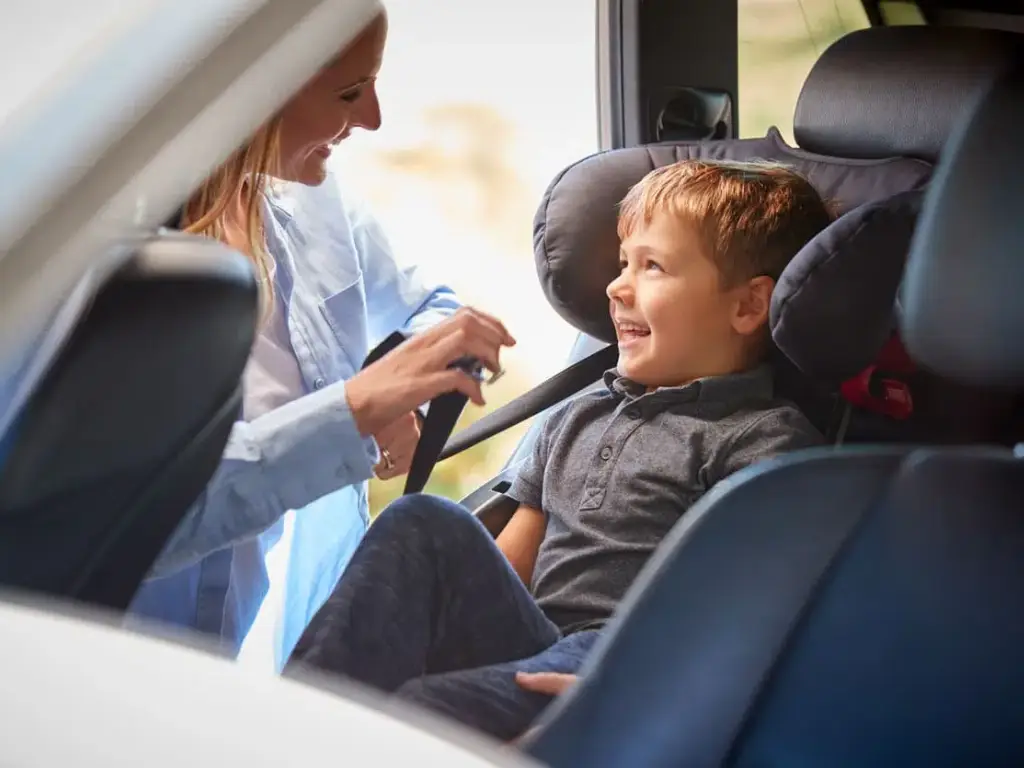
The Role of High Back Boosters in Child Safety
The high-back booster seat is a careful guardian in the field of child passenger safety, making sure that the seat belt in the car grows with your developing child. This is about more than just following the rules outlined by the National Highway Traffic Safety Administration—it’s about a commitment to our young children’s safety. The high back booster seat, also referred to as a harness seat, fills the space between an adult’s protection and a child’s vulnerability by positioning the lap and shoulder belts effectively across the child’s body to reduce risk when meeting some incident and give kids a safe and comfortable feeling in cars.
Advantages of High Back Boosters
High back boosters, with their unique design, provide additional support for the child’s back and neck, crucial for those kids often impromptu naps during long drives. Additionally, their structure offers a better match form for the seat belt, ensuring that the belt crosses the child’s body at the right position, thereby enhancing the fit and comfort of the seat pan and providing strong protection for the child’s body. It is especially beneficial for children who are not physically big enough to properly fasten their seat belts.
Legal Requirements and Standards
Every state creates its own rules, focusing on age, weight, and height restrictions while being advised to do so by the National Highway Traffic Safety Administration and the American Academy of Pediatrics. These laws—which reflect the recommendations of both the child safety seat and car manufacturers—are more than just rules; they represent the fruition of the knowledge and experience of specialists, intended to ensuring that our most valued passengers are safely ensconced through childhood. Actually, children under the age of eight and less than four feet nine inches in height must be buckled up in a child safety seat that complies with applicable federal safety standards, as per the Maryland Car Seat Law (22–412.2). This includes using a belt-positioning booster seat until the vehicle seat belt fits properly, typically when the child has reached 4 feet 9 inches in height and is 8 to 12 years of age.
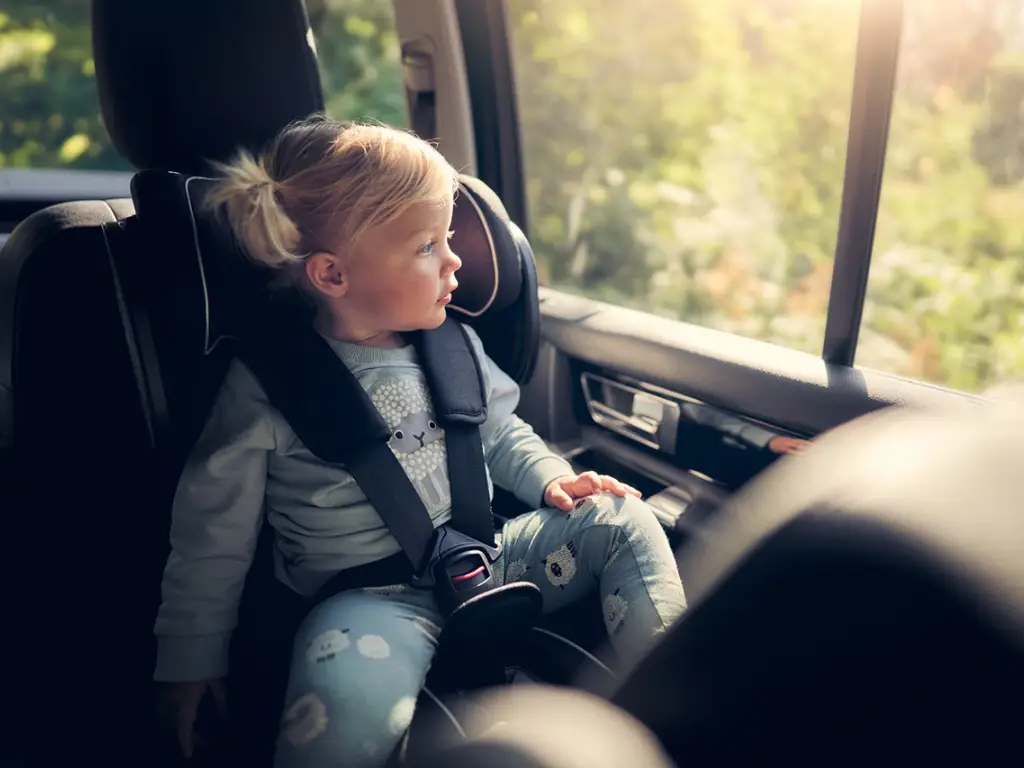
Choosing the Right High Back Booster Seat
Selecting the right high back booster seat is a journey fraught with questions and choices.
Factor 1: Weight and Height Limits
The first you need to check in this step is the weight and height limits. These aren’t just string numbers; they are requirements that ensure your child fits comfortably within the protective of the booster seat. The booster seat is a guardian that company with your child, adapting their growth while ensuring that the car’s seat belt remains a steadfast protector. You need to know that moving your child into a booster seat before they are tall enough or heavy enough for their car seat, if not, it may risk their safety. When wondering whether your child is ready to sit in a booster seat, it’s important to measure the weight and height requirements. This will help to ensure that your child is really safe.
Factor 2:Age
Another important consideration is age. High back boosters are usually advised for kids between the ages of 4 and 8. But actually, each child is different, so it’s crucial to select the booster based on their specific situation.
Factor 3: Safety and comfort
Additionally, the comfort and safety of the seat are significantly influenced by its design. Their features include side impact safety, comfy padding, and adjustable headrests. These improve security and guarantee for your child’s comfort, particularly during long travels.
Installation of High Back Booster Seats
Step-by-Step Guide
The installation journey begins with a comprehensive reading of the instruction manual, they are the guiding lights towards ensuring that the booster seat becomes an integral part of your vehicle, ready to protect and serve. To ensure proper installation and usage, you can consult with a child passenger safety technician (CPST or CPS technician) who can provide installation information and guide you in choosing the best location for your child’s car safety seat in your vehicle. This step-by-step guide, with the help of a CPST, will make sure that your child’s booster seat is installed correctly and securely. Of course, you can check the product instructions from the manufacturers to install your booster, too.
Common Installation Mistakes
Even the most experienced of us will make a mistake in this process. For common installation mistakes, like loose fittings or incorrect belt paths, you need to be cautious and diligent, the hazards can be avoided. When the mistakes happen, they’re learning moments for you, its opportunities to reaffirm our commitment to safety.
Adjusting and Maintaining High Back Booster Seats
The path to safety is continuous. Adjusting and maintaining the booster seat is not a one-time task but a keep-going commitment. It’s about checking and re-checking, ensuring that as your child grows, the seat grows with them, adapting to their needs. Maintaining the booster can ensure that safety is a constant companion on their journey.
Maintenance and Care Tips
Regular cleaning, checking for wear and tear, and being mindful of the expiry date – these are not just maintenance tasks; they’re acts of love, ensuring that the seat remains a steadfast protector for your child.

Addressing Common Misunderstands About High Back Booster Seats
One common misunderstanding is that high back boosters are unnecessary for older children, it’s a burden on the child. However, this overlooks the essential role they play in positioning the vehicle’s seat belt correctly on a child’s body, especially in the transition phase from a harness car seat to using the adult seat belt. They are not mere accessories; they are essential tools for children’s safety in the car towards independence and safety in a vehicle.
The second misunderstanding is the belief that backless boosters have an equivalent function to high-back boosters in terms of safety. While backless boosters do elevate the child for the seat belt to fit better, they lack the additional support and positioning aid for the shoulder belt that high back boosters provide. But this is not just about easy comfort; it’s about comprehensive safety, where every aspect of the child’s journey is cocooned in protection.
| Aspect | High Back Booster Seat | Backless Booster Seat |
| Product Type | Booster seat with back support | Booster seat without back support |
| Characteristics | Has a contoured back | Lacks a back, more compact |
| Injury Risk Reduction | 70% reduction in injury risk | No significant reduction in injury risk |
| Applicability | Suitable for far side impact crashes | Less effective in side impact crashes |
| Recommendation Level | Highly recommended | Less recommended due to lower safety efficacy |
| Advantages | Increased protection in side impacts | Convenience, portability |
| Disadvantages | ☆☆☆☆☆ | ☆☆☆ |
| Suitable Situations | Preferred in vehicles with side impact concerns | Suitable for short trips or older children |
Conclusion
Selecting a suitable high back booster seat is more than just following the rules or crossing something off a list. It is a physical representation of our commitment and love for our kids’ safety. Allow the high back booster seat to go with you, providing comfort as your child explores the world from the security of their seat.Hope you travel safely, that you make sensible decisions, and that your child experiences both the comfort of safety and the delight of discovery on their journey.
